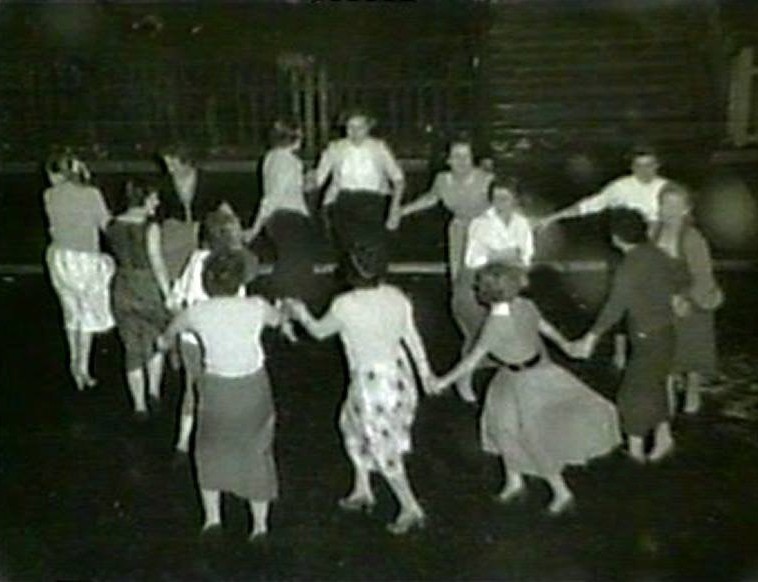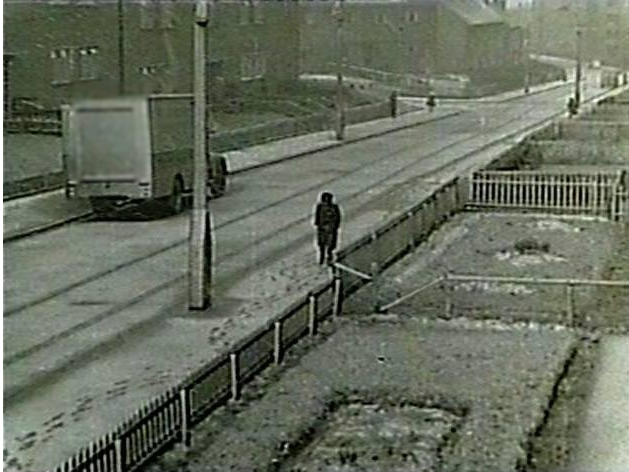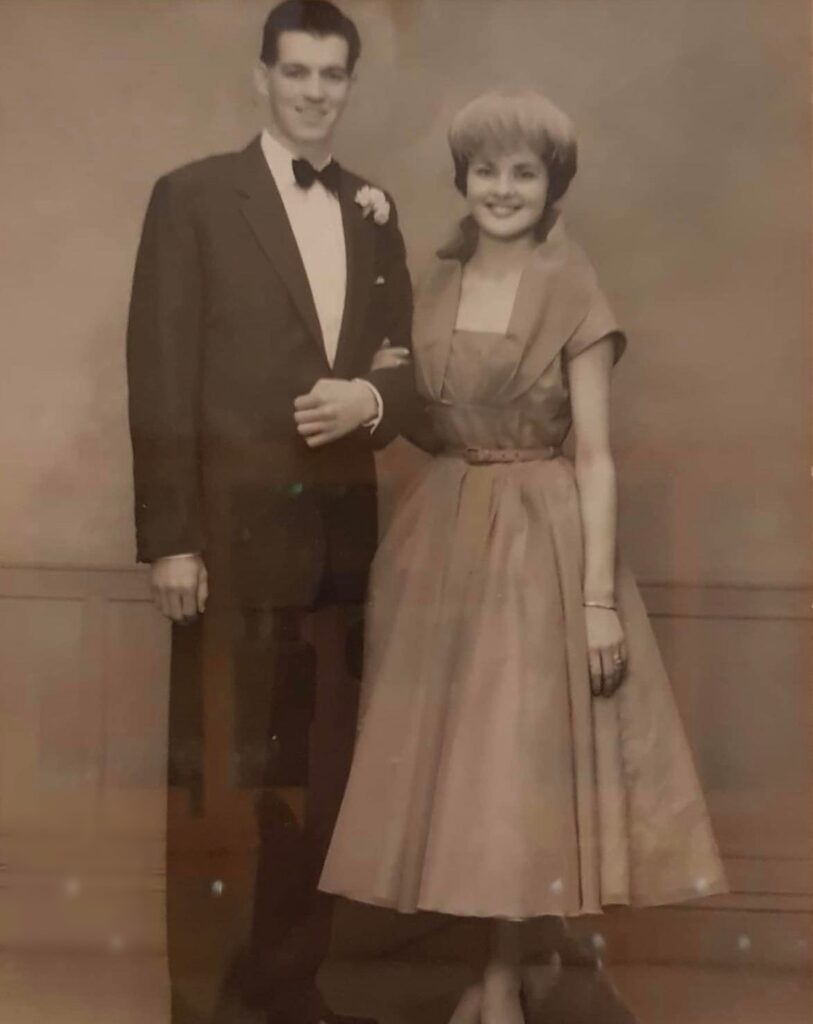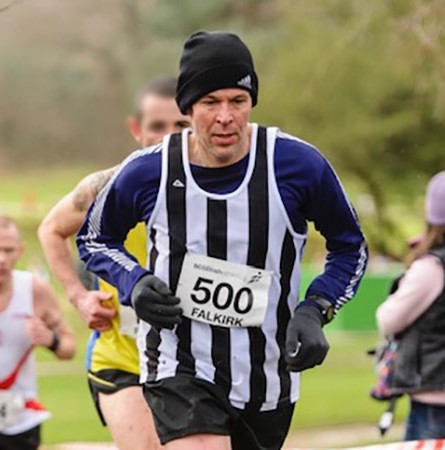A SCOTS engineer has shared amazing throwback photographs showing life in Glasgow in the 1950 to 1970s.
Gary McKendrick has a huge collection of black and white images that his father George McKendrick took whilst enjoying life in Scotland’s largest city.

Many of the images were captured around the Greater Pollok area where Gary and his family lived.
Several images show life in the 1960s and 70s and a vast difference to how life is now.
One image shows a hen party dancing around in a circle on Dormanside Road in the 1950s.
While others give a glimpse into how the streets looked back in the day as children frolicked in the parks and streets.
Many images show friends of Gary’s parents enjoying themselves together at houses around the city.
Gary, 58, is now planning an exhibition to showcase all of his family’s images.
Speaking today, he said: “The house on Calfhill Road was the ground floor flat on the right hand side of a tenement block which was part of a housing estate built in the Greater Pollok area of Glasgow after 1944.
“My parents and their families had both lived in this estate close to each other on a street called Dormanside Road which was not far or in many ways not far enough from our home.
“My mother and father, Sarah and George, were from what I was told just passing acquaintances until after my father left National Service and many times I have wished that they had stayed passing.

“They both came from exceptionally dysfunctional backgrounds of opposing religious creeds, even within the same family, varying intellectual aspirations and achievements as well as political leanings.
“There was a coal cellar located between the inside front door and the storm door of each flat and another larger cellar for each family in the close way leading to the back communal areas.
“These rear communal spaces had metal clothes poles for drying washing, large grassy areas for playing and the famous Glasgow middens.

“The middens were the inspiration for many hours of fun and adventure as well as the cause of numerous cuts, injuries and wasp stings.”
Gary later moved to Clydebank when he was still a child but has fond memories of his time in Pollok.
He added: “Pollok definitely resonated with me and I was heartbroken to leave. In fact, I still dreamt that I was going to primary school there for decades afterwards. It’s also brought many challenges in regards to my OCD – particularly the poverty.
“We did well financially so as regards to change of technology we were one of the first to have new devices such as a colour tv but my father had come from a poor background which had majorly scarred him.
“It was perceived as a golden age of childhood innocence. The freedom to roam and explore from dusk to dawn with little or no parental supervision interceding.

“Long hot summers filled with games of football on the grass triangle across from our house and then jaunts to the nearby White Cart River for a cooling off paddle or to catch sticklebacks with jam jars and a cane fishing pole in hand.
“The light summer evenings of kick the can, hide and seek, playing soldiers with another stolen garden fence post being used as a gun or watching, in the safety of neutrality, the local gangs scrap.”
Speaking about his father, Gary said: “He was a clever, complex man who came from a poor background. He won a place at grammar school and couldn’t afford to go.
“He followed his father into shipyards Fairfield’s and became a joiner and eventually set up his own successful company but I think given a different opportunity he would have chosen a career and would have loved to go to university as he loved technology be it video cameras, editing etc so taking taking photographs was an early manifestation of this interest.”
In the late 1800s and well into the 1900s, Glasgow was fighting against overcrowding, sickness and death with Glasgow’s people stacked on top of each other.
Pollok was built either side of WW2 to house families from the overcrowded inner city.
However, by the 50s the city saw a change in housing and education with more schools being built for new areas across the city.

